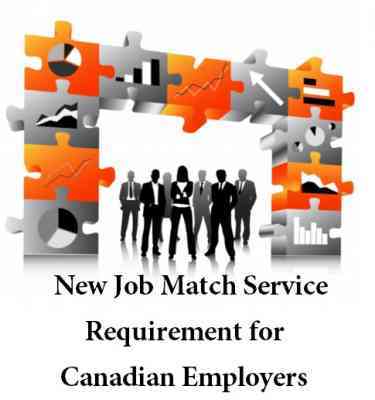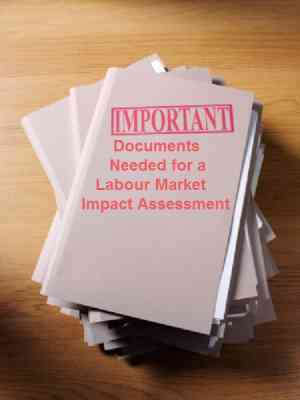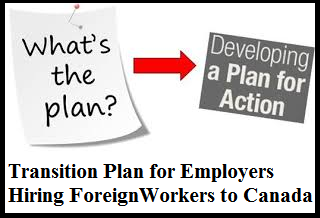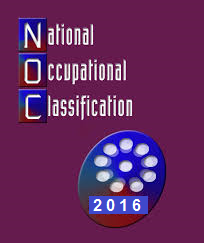Do You Want to Immigrate to Canada in 2019
As you may know, Canada’s education and living conditions attract many foreign nationals to visit, study, and work. Furthermore, the multiculturalism in Canada is one of the essential reasons that drives one's longing to move. After they have experienced the beauty of Canada, they may consider settling down permanently in Canada. While numerous individuals are contemplating moving to Canada, they may be thinking about looking for assistance from an immigration representative to make the immigration process more smoothly. Indeed, here comes the most significant inquiry: is hiring a representative necessary? In this blog, we will discuss the benefits of hiring an immigration representative and how to avoid immigration fraud .
.
Who are Immigration Representatives
Immigration  may be difficult and complicated, especially if you are not family with Canadian immigration law. If you are struggling with your application, you may be able to seek guidance from a representative. An Immigration and citizenship representative’s job duties include but are not limited to:
may be difficult and complicated, especially if you are not family with Canadian immigration law. If you are struggling with your application, you may be able to seek guidance from a representative. An Immigration and citizenship representative’s job duties include but are not limited to:




















